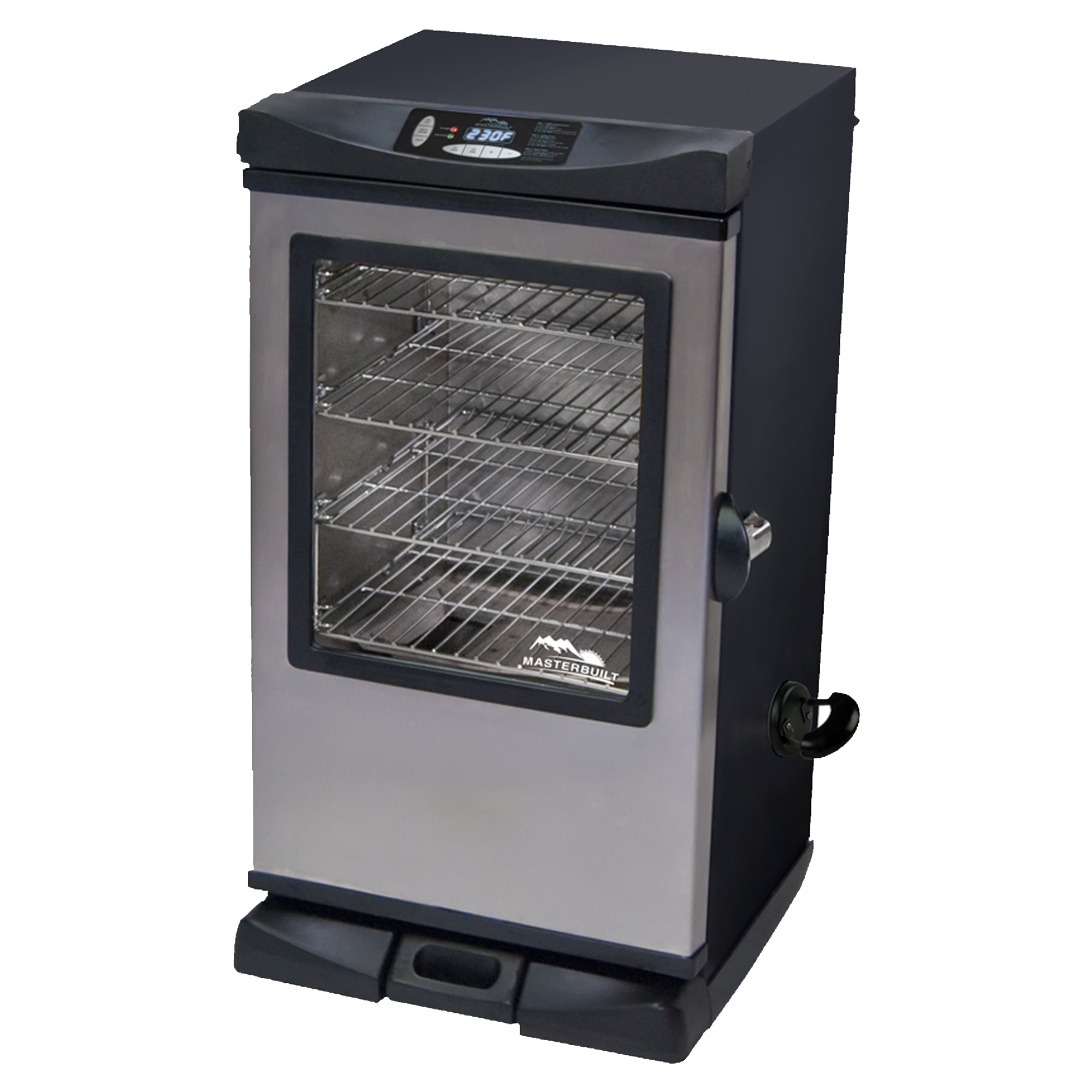Road Guy
Well-known member
so last week our microwave died (under cabinet -built in whatever its called)
I go to the home depot and after looking at one that closely matches our stove I ask the dude where I can find one "in the box"
Home Depot dude - "We don't stock these (Any 'built in' microwave) anymore in the store, they are in the warehouse and we can ship them to you or you can pick them up at the store in 3 days"
Me - " Your F'n joking right?"
Home Depot Dude - "Most people want these installed so this way its just easier, we deliver and install it, its a failry complicated install"
Me - "Your F'n joking right? A blind Monkey can install one of those"
Home Depot Dude - " No Sir, most people want them installed"
Me - "Does Bernie Marcus and Arthur Blank know this is going on"?
Home Depot Dude - "Who are they?"
Turns and walks away, drives to Lowes, picks out same model, puts it in buggey, takes home and installs in around 20 minutes..
sad times...... I mean if I wanted it delivered I would just order it via amazon prime for nuttin!
I go to the home depot and after looking at one that closely matches our stove I ask the dude where I can find one "in the box"
Home Depot dude - "We don't stock these (Any 'built in' microwave) anymore in the store, they are in the warehouse and we can ship them to you or you can pick them up at the store in 3 days"
Me - " Your F'n joking right?"
Home Depot Dude - "Most people want these installed so this way its just easier, we deliver and install it, its a failry complicated install"
Me - "Your F'n joking right? A blind Monkey can install one of those"
Home Depot Dude - " No Sir, most people want them installed"
Me - "Does Bernie Marcus and Arthur Blank know this is going on"?
Home Depot Dude - "Who are they?"
Turns and walks away, drives to Lowes, picks out same model, puts it in buggey, takes home and installs in around 20 minutes..
sad times...... I mean if I wanted it delivered I would just order it via amazon prime for nuttin!
Last edited by a moderator:






